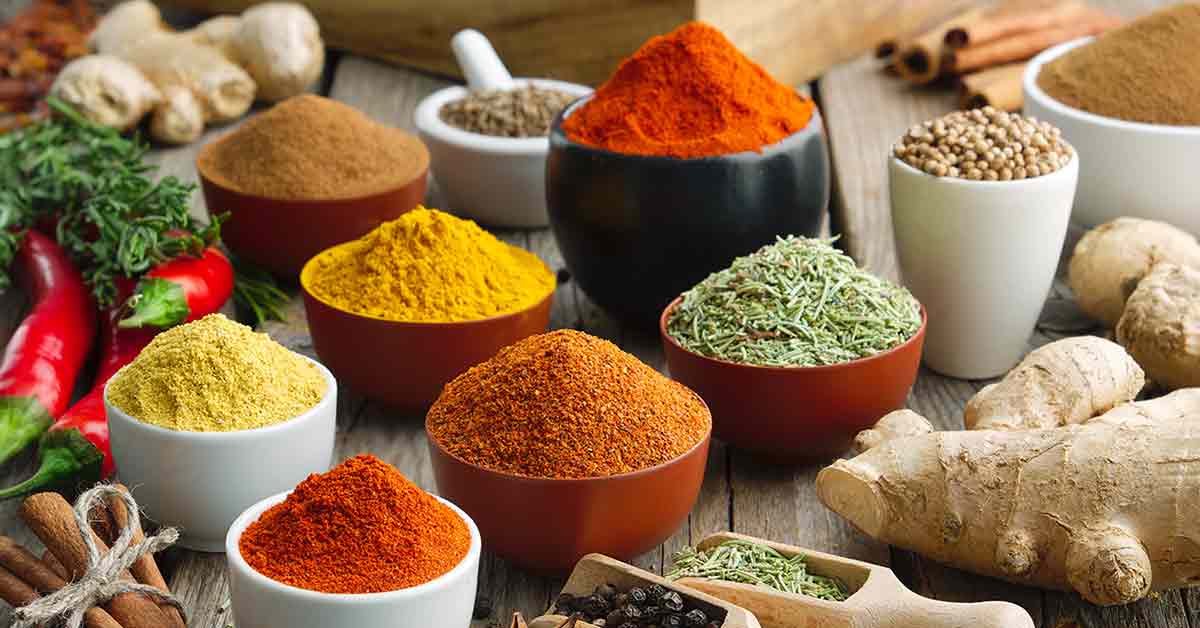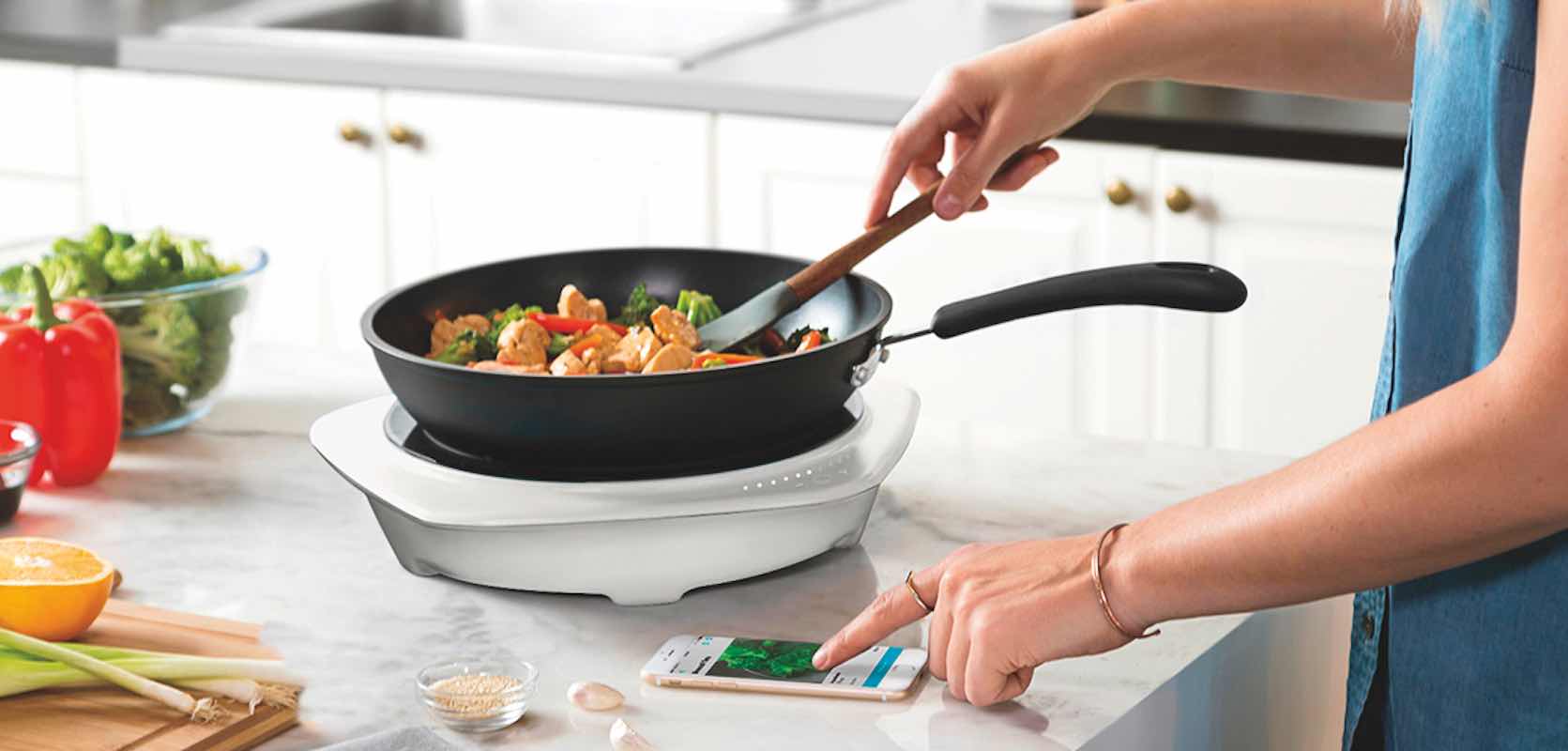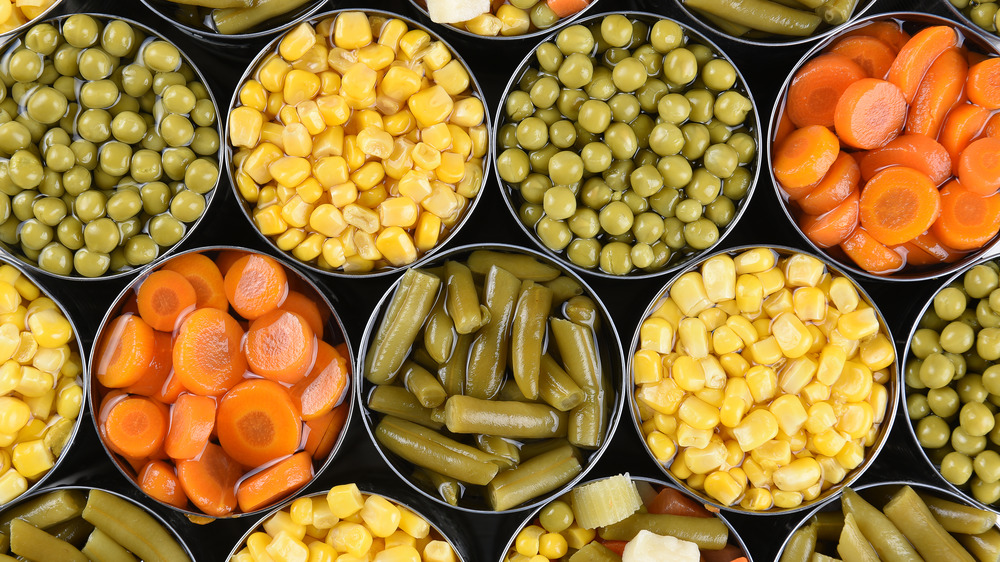Hello everyone, welcome back to my channel. Today's post is all about reducing your sodium intake for better heart health. Sodium, commonly found in salt, can increase your risk of high blood pressure, heart disease, and stroke. But the good news is that there are many simple ways to reduce your sodium intake without sacrificing flavor or enjoyment in your meals.
In this post, we'll be discussing 10 practical tips for cutting back on sodium, such as reading food labels, cooking at home, and choosing low-sodium alternatives. We'll also explore the importance of eating fresh fruits and vegetables, avoiding processed foods and fast food, and talking to your doctor about a personalized plan for reducing your sodium intake.
So whether you're looking to improve your heart health, manage high blood pressure, or simply adopt a healthier lifestyle, this post is for you. So sit back, relax, and let's get started!
1, Read food labels.
Reading food labels is a crucial step towards reducing your sodium intake and promoting heart health. Many packaged and processed foods contain high amounts of sodium, so it's essential to be aware of the sodium content in the foods you consume.
When reading food labels, pay attention to the "Sodium" section. This section lists the amount of sodium in milligrams (mg) per serving of the food item. You should also check the serving size, as the amount of sodium listed is based on the serving size specified.
It's important to note that the daily recommended intake of sodium for the average adult is around 2,300 mg, although some people may need to consume less based on their age, gender, and health conditions. When looking at the sodium content in a food item, aim for those labeled as "low sodium," "reduced sodium," or "no added salt."
It's also important to be aware of hidden sources of sodium in food. Ingredients such as monosodium glutamate (MSG), sodium benzoate, and sodium nitrate can contribute to your overall sodium intake, so make sure to check the ingredients list as well.
By taking the time to read food labels and make informed choices about the foods you consume, you can significantly reduce your sodium intake and improve your heart health.
2, Use spices and herbs.
using spices and herbs is a great way to add flavor to your meals without adding extra sodium. Salt is a common seasoning used in cooking, but it's important to limit your salt intake to promote heart health. Here are some tips on using spices and herbs as a salt substitute:.
Experiment with different flavors:. There are a wide variety of spices and herbs available, each with their unique flavor profiles. Try experimenting with different combinations to find what you like best.
Use fresh herbs:. Fresh herbs have a stronger flavor than dried herbs and can be a great addition to salads, marinades, and dressings.
Use citrus:. Lemon, lime, and orange zest can add a tangy, citrusy flavor to your dishes.
Make your spice blends:. Making your spice blends allows you to control the amount of sodium in your seasonings. Mix together your favorite herbs and spices, such as garlic powder, paprika, cumin, and thyme, for a flavorful seasoning blend.
Use low-sodium alternatives: Look for low-sodium alternatives to your favorite seasonings, such as low-sodium soy sauce, to reduce your sodium intake.
By using spices and herbs as a salt substitute, you can add flavor to your meals while also reducing your sodium intake and promoting heart health.
3, Cook at home.
cooking at home is an excellent way to control the amount of sodium in your meals. When you cook at home, you have complete control over the ingredients you use, including the amount of salt. Here are some tips on how to cook at home to reduce your sodium intake:.
Start with fresh ingredients:. Fresh fruits, vegetables, and meats tend to be naturally lower in sodium than processed foods. Choose fresh ingredients and avoid using canned or pre-packaged items that often contain high amounts of sodium.
Use spices and herbs:. As mentioned earlier, using spices and herbs to add flavor to your meals can help reduce your reliance on salt. Experiment with different combinations of spices and herbs to find new and exciting flavor profiles.
Reduce the amount of salt in recipes:. Most recipes call for salt as a seasoning, but you can often reduce the amount of salt called for in the recipe without affecting the taste. Start by using half the amount of salt called for in the recipe and taste as you go.
Rinse canned foods:. If you do use canned foods, rinse them thoroughly before using them in your recipe. This can help reduce the amount of sodium by up to 40%.
Avoid using salt in boiling water:. When cooking pasta, rice, or vegetables, avoid adding salt to the boiling water. This can significantly reduce the amount of sodium in your dish.
By cooking at home, you can take control of your sodium intake and make healthier, more delicious meals. So, next time you're looking for a quick and easy meal, consider cooking at home instead of ordering takeout.
4, Limit processed foods.
processed foods are often high in sodium and can significantly contribute to your daily sodium intake. These types of foods include canned soups, sauces, snacks, and other pre-packaged items that are often high in salt. Here are some tips on how to limit processed foods to reduce your sodium intake:.
Choose fresh foods:. Fresh fruits, vegetables, and lean meats are naturally low in sodium and provide essential nutrients. By choosing fresh foods, you can limit your intake of sodium and other unhealthy additives.
Cook meals from scratch:. Cooking meals from scratch allows you to control the ingredients you use and the amount of salt you add to your dishes. This can help reduce your sodium intake and promote overall health.
Avoid processed snacks:. Many processed snacks, such as chips and crackers, are high in sodium. Instead, choose healthy snack options, such as fresh fruit, vegetables, or nuts.
Read food labels:. If you do buy processed foods, make sure to read the food labels carefully. Look for products that are labeled as "low sodium," "no added salt," or "reduced sodium."
Choose canned foods carefully:. Canned foods can be a convenient option, but they can also be high in sodium. Look for canned foods that are labeled as "low sodium" or "no salt added." Alternatively, you can rinse canned foods before using them to reduce the sodium content.
By limiting your intake of processed foods, you can significantly reduce your sodium intake and promote better heart health. So, try to incorporate fresh foods and home-cooked meals into your diet to ensure that you're getting the nutrients your body needs without the excess sodium.
5, Choose low-sodium alternatives.
choosing low-sodium alternatives is a great way to reduce your sodium intake without sacrificing flavor. Here are some tips on how to choose low-sodium alternatives for your favorite foods:.
Look for low-sodium options:. Many foods come in low-sodium varieties, including condiments, sauces, and broths. Look for products that are labeled as "low sodium," "no added salt," or "reduced sodium."
Use vinegar or citrus juice:. Vinegar and citrus juice can add flavor to your meals without adding sodium. Try using them in place of high-sodium condiments, such as soy sauce or Worcestershire sauce.
Choose fresh or frozen meats:. Fresh or frozen meats are typically lower in sodium than their canned or pre-packaged counterparts. Look for fresh or frozen meats and season them with herbs and spices for flavor.
Make your own dressings and sauces:. Making your own dressings and sauces allows you to control the amount of salt you add. Try making your own vinaigrette or tomato sauce using fresh ingredients and low-sodium seasonings.
Avoid processed meats:. Processed meats, such as bacon, sausage, and deli meat, are often high in sodium. Choose fresh meats instead and season them yourself.
By choosing low-sodium alternatives, you can reduce your sodium intake and improve your heart health without sacrificing taste. So, next time you're at the grocery store, look for low-sodium options or try making your own sauces and dressings to control the amount of salt you consume.
6, Eat fresh fruits and vegetables.
fresh fruits and vegetables are an important part of a healthy diet, and they are naturally low in sodium. In addition to being low in sodium, fruits and vegetables are also high in vitamins, minerals, and fiber, which can help promote overall health. Here are some tips on how to incorporate more fresh fruits and vegetables into your diet:.
Make half your plate fruits and vegetables:. Aim to make half of your plate fruits and vegetables at each meal. This will help ensure that you are getting the nutrients your body needs while also keeping your sodium intake low.
Snack on fruits and vegetables:. Keep fresh fruits and vegetables on hand for healthy snacks throughout the day. Cut up carrots, celery, or peppers for a crunchy snack, or enjoy a piece of fresh fruit for a sweet treat.
Add fruits and vegetables to your meals:. Add fruits and vegetables to your meals to increase your intake. Try adding spinach to your omelet, topping your pizza with peppers and onions, or adding fruit to your yogurt.
Choose a variety of colors:. Different colored fruits and vegetables contain different nutrients, so aim to eat a variety of colors. For example, red and orange fruits and vegetables are high in vitamin C, while dark leafy greens are high in iron and calcium.
By incorporating more fresh fruits and vegetables into your diet, you can reduce your sodium intake and improve your overall health. So, try to make half your plate fruits and vegetables at each meal, snack on fresh produce throughout the day, and add fruits and vegetables to your meals to increase your intake.
7, Rinse canned foods.
rinsing canned foods can help reduce their sodium content. Many canned foods, such as beans and vegetables, are packed in a salty liquid that can contribute to your daily sodium intake. By rinsing the canned foods before using them, you can remove some of the excess sodium. Here are some tips on how to rinse canned foods to reduce their sodium content:.
Drain the can:. Open the can and drain the liquid into the sink. This liquid is often high in sodium, so it's best to remove it.
Rinse with water:. Rinse the canned food with water to remove any remaining salt. Use a colander or strainer to make sure all the food is washed thoroughly.
Check the label:. Some canned foods, such as low-sodium beans, may not require rinsing. Check the label to see if the product is low in sodium or if it is already rinsed.
Be careful with pre-seasoned products:. Some canned foods come pre-seasoned with salt and other spices. These products may still be high in sodium even after rinsing, so it's best to check the label and choose low-sodium options.
By rinsing canned foods, you can help reduce your sodium intake and improve your heart health. So, next time you use canned foods in your recipes, make sure to rinse them thoroughly to remove excess sodium.
8, Choose lean meats.
choosing lean meats such as chicken and fish can help reduce your sodium intake. Not only are these meats low in sodium, but they are also high in protein, which is an important nutrient for building and maintaining muscle. Here are some tips on how to choose lean meats:.
Look for lean cuts:. Choose lean cuts of meat, such as skinless chicken breasts or lean cuts of beef, to reduce your overall fat and sodium intake.
Avoid processed meats:. Processed meats, such as bacon and sausage, are often high in sodium and should be limited or avoided altogether.
Choose fresh meats over canned or packaged meats:. Fresh meats are typically lower in sodium than canned or packaged meats, which often contain added salt as a preservative.
Season with herbs and spices:. Instead of adding salt to your meats, season them with herbs and spices, such as rosemary or thyme, to add flavor without the added sodium.
By choosing lean meats and avoiding processed meats, you can help reduce your sodium intake and improve your heart health. So, when grocery shopping, look for lean cuts of meat and choose fresh meats over canned or packaged options. And, when cooking, try seasoning your meats with herbs and spices to add flavor without the added salt.
And that's it for today's post on reducing your sodium intake for better heart health. Remember, making small changes to your diet can have a big impact on your overall health and well-being. So start by implementing one or two of these tips and gradually work your way up to a lower-sodium lifestyle.
If you found this post helpful, be sure to give it a thumbs up and subscribe to my channel for more health and wellness content. And don't forget to leave a comment down below with your own tips for reducing sodium in your diet.








Comments
Post a Comment